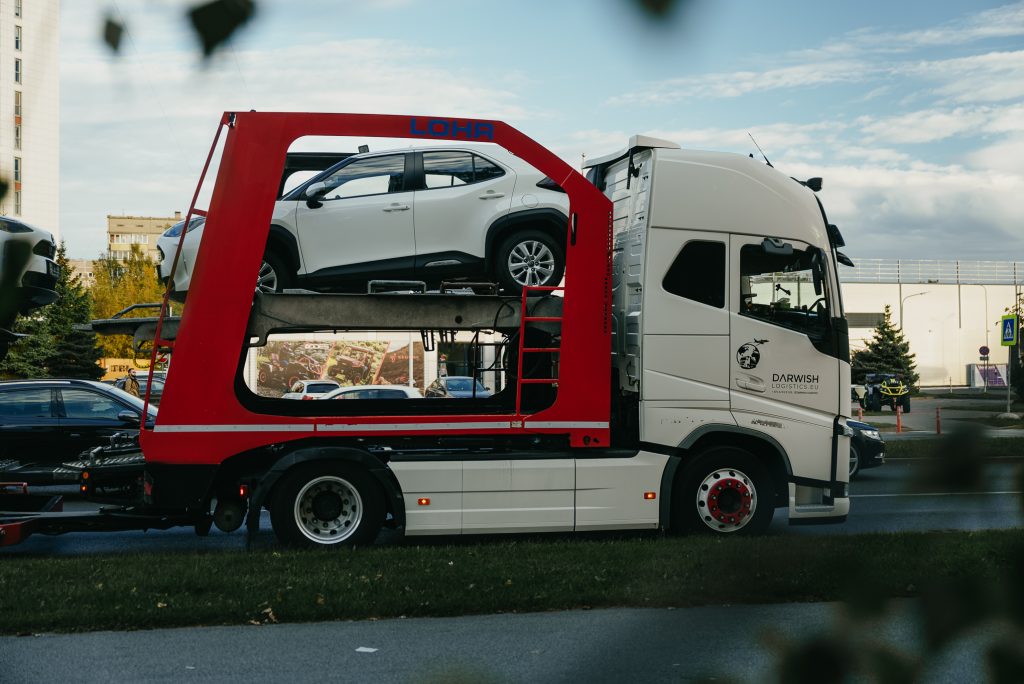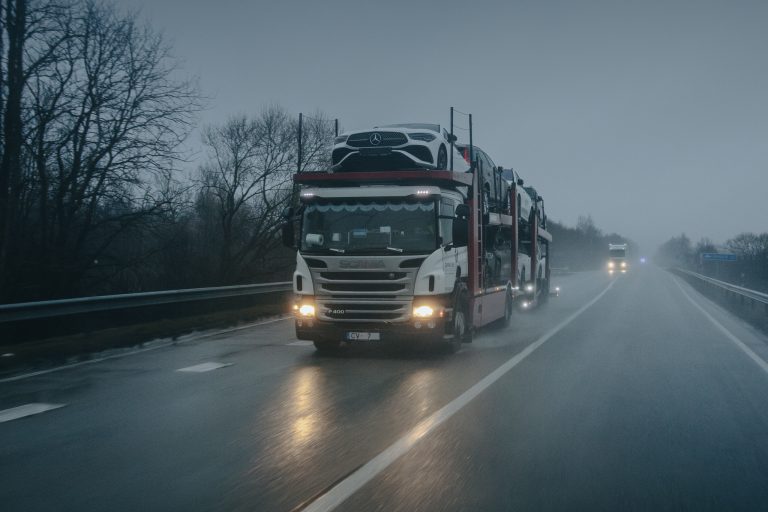
As we cruise into 2025, the automotive transport industry is on the brink of a transformation, with car carriers evolving in ways that will redefine logistics and vehicle transportation. From sustainability and technology advancements to changing consumer behaviors, let’s explore the future of car carriers and what it means for the automotive industry.
Innovations in Car Carrier Technology
In 2025, car carriers are set to embrace cutting-edge technology that makes transportation more efficient and secure. The integration of artificial intelligence (AI) and machine learning is expected to optimize route planning, enabling carriers to avoid traffic, reduce fuel consumption, and improve delivery times. Real-time data analytics will allow transport companies to monitor vehicle conditions and pinpoint issues before they become costly problems.
Moreover, advancements in autonomous driving technology are likely to gain traction, paving the way for self-driving car carriers. Although fully autonomous trucks may still be in testing phases, partial automation—such as lane-keeping and adaptive cruise control—is already becoming commonplace, enhancing driver safety and reducing fatigue on long hauls.
Sustainability Takes Center Stage
The push for sustainability is transforming every industry, and automotive transport is no exception. By 2025, expect significant strides in eco-friendly car carriers. Many companies are transitioning to electric or hybrid transport vehicles to reduce their carbon footprint. The adoption of renewable energy sources, such as solar panels on carrier roofs, can further support sustainability initiatives.
Moreover, lightweight materials and optimized designs can enhance fuel efficiency. This shift not only addresses regulatory pressures but also meets growing consumer demand for greener options in the supply chain.
Changing Consumer Behaviors
As the automotive landscape changes with the rise of electric vehicles (EVs) and shared mobility services, car carriers will need to adapt to new market demands. The increasing number of EVs requires specialized handling, as they have unique charging needs and battery safety concerns. Carriers equipped to transport these vehicles with the right technology will have a competitive edge.
Additionally, the rise of online car sales and direct-to-consumer models is changing the logistics of car delivery. Consumers now expect quick and convenient delivery options, forcing car carriers to streamline operations and enhance customer service. Implementing efficient tracking systems will allow customers to know the status of their vehicle transport in real-time, creating a more transparent and satisfactory experience.

Regulatory Changes and Compliance
2025 will likely see stricter regulations aimed at enhancing safety and environmental sustainability. Carriers will need to stay ahead of compliance requirements concerning emissions and safety standards. This could mean increased investment in technology, training, and upgrading carrier fleets to meet regulatory expectations.
The Future Outlook
The car carrier industry in 2025 is poised for substantial evolution, driven by technological advancements, sustainability efforts, changing consumer preferences, and regulatory challenges. Companies embracing innovation and striving for eco-friendly practices will find themselves at the forefront of the market.
As the automotive industry continues to evolve, so too will the methods and strategies employed in vehicle transportation. By leveraging new technologies and adapting to consumer needs, car carriers are set to become more efficient, sustainable, and responsive than ever before. For stakeholders in the automotive logistics chain, embracing these changes will be crucial to thriving in the rapidly changing landscape of 2025 and beyond.




